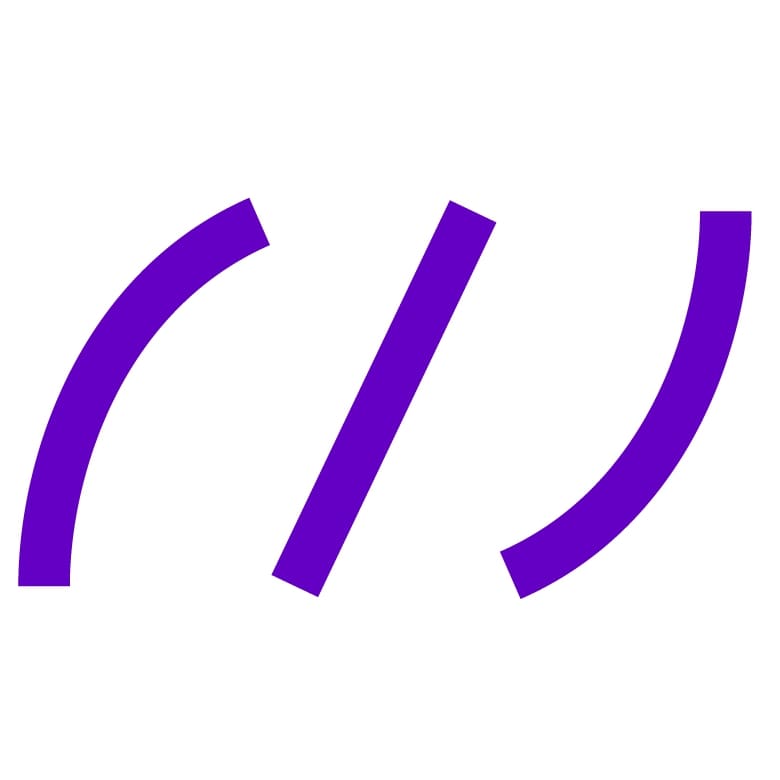ARE YOU STILL BURNING OR ARE YOU ALREADY DIGITALLY BURNED OUT?
After two months of being locked down, the advantages and disadvantages of remote work begin to show. For a long time, many employees have been yearning to be able to work flexibly. But the past weeks showed that their companies are not only lacking the digital infrastructures to work from home; they also lack methods and awareness to enable sustainable and healthy remote work.
In order to sustain productivity in remote work, it is not necessary to have more or longer video conferences. It is, in fact, more important to design remote collaboration in a healthy way. After many conversations with employees and managers, who showed up increasingly exhausted in front of their screens, I plead for more mindfulness in the digital world of work.

LET US LOOK AT THE BIG FAILS IN DIGITAL COLLABORATION (AND LEARN FROM THEM)
The following big fails are an invitation to companies and their management to learn and grow in order to go back to business (as usual) with an energized and motivated workforce.
1) Onlinemeetings require structure!
No matter if you organize a digital or real meeting: Every good meeting relies on good organization. If your meeting lacks a clearly defined and communicated timeline, goal, and structure, it will rarely lead to sustainable outcomes. Not having a meeting facilitator and/or timekeeper will reduce the productivity further.
Badly structured online meetings affect participants’ concentration and motivation. This may lead to exhaustion and reduced productivity in the long-term.
My advice: If you are in a management or leadership position, act as a role model. Prepare every meeting by setting an agenda, by communicating a goal, and by being clear about the facilitation and the timekeeping. You will see, your preparation will pay off in the long run.
2) Control is good, trust is better.
Leading over distance means saying goodbye to leadership models, which are based on control and demand. Once management loses the opportunity to lead through quick calls over the floor and regular check ins in their workforce’s office, it is time to start leading by trust. This also implies finding good ways to collaborate digitally in order to ensure transparency.
My advice: Digital collaboration tools like Miro, Mural, or Teams offers great ways to document your team’s project progress. By additionally starting to apply methods like Scrum or Kanban in a way that works for your team, you will further enable everyone to work collaboratively, yet independently.
3) Agility does not mean having more meetings.
Increasingy more teams apply agile methods like Daily Stand Up Meetings or Morning Check In’s. That is a great way to support agility. But be aware that during the Corona crisis the amount of these daily meetings has increased tremendously. There is more than one employee who suddenly spends their entire morning running from one „Daily“ to another. Thus, mornings pass without being able to get any work done, which is highly demotivating and costs a lot of energy. Many employees report of being tired and exhausted before their lunch time.
My advice: Check which morning meetings are really necessary. Clarify with your team members how many meetings they all have to attend, how long they last, and whether all attending participants are truly needed. Create space for focused work and do not get lost on meeting marathons.
4) We miss human encounters.
Human encounters live from social interaction like meeting your colleagues in the coffee kitchen or on the floor. All of that is missing as we are all being locked down. Instead, many of our colleagues are either overwhelmed by having to manage work and family simultaneously, or by living alone and feeling lonely. This affects productivity as well as focus.
My advice: Start and close every meeting with a 5 minute Check In/Out. At the beginning, you could invite everyone to quickly share how they are doing today. Just being able to share your thoughts can already help to create a sense of emotional relief. In order to close your meeting, invite everyone to share in one sentence what they are taking away from the meeting. This can be a task, an insight, or even just a note of gratitude. You will instantly notice an increase in employee satisfaction, team spirit, and focus.
5) No panic, it’s just new tech.
Using Zoom & Co. or other collaboration tools, poses a lot of challenges for many people. New technologies lead to uncertainty as to how to use them, and being watched online by our colleagues as we try to figure out how those tools work, increases the uncertainty further. This causes highly stressful situations for many people.
My advice: As facilitator and meeting organizer, you can do a lot to decrease stress for your colleagues. By ensuring that the technology works in advance, by telling the participants what you do as you introduce new tools, and by remaining calm, when the connection is interrupte, you can create a lot of calm in the virtual space. One example for Zoom. You can say „Now, I am going to share my screen by clicking the green button below…” This may seem simple to you, but it most not be like this for other participants. Be empathetic with their uncertainties and become an enabler of remote work.
6) The elephant in your room
Video conferences are exhausting. They require all of our attention while we are staring constantly at our computer screen. Additionally, we are suddenly sharing our private spaces like your living room with our bosses and colleagues. Many moms and dads dial into their first calls as early as eight in the morning. By then, their kids haven’t finished breakfast yet, and neither have their moms and dads. Given their circumstances, they show up to great their colleagues in sweatpants and unshowered, which does not necessarily boost one’s self-confidence. In other words, all time video conferencing is challenging and having your colleagues in your private rooms can be highly stressful.
My advice: Allow each other to stop the video camera from time to time. If possible, for instance, when you have meetings with only one colleague, try to just use the phone to clarify matters. You will notice how the overall stress level in the team will gradually decrease.
7) Make breaks!
For many of us, remote work means moving a lot less. Increasingly more people report that their screen time as rapidly increased since working from home. The lack of movement is as bad for our health as are long hours in front of the computer.
My advice: Make regular breaks and try to keep online conferences short. Usually, a maximum of 30 minutes is enough to conduct a productive meeting. You can also use the time in between meeting for a short walk around the block, for 3-4 deep inhales and exhales, or for just focusing on something other than your screen (e.g., a plant or a garden). All of these tiny practices help your brain to calm down and your body to relax tense muscles.
STRONG TOGETHER
Digital work can be a lot of fun. It can support true focus at work and increase your general flexibility in life. But to profit from remote work, managers, leaders, and the entire workforce need to consciously foster a healthy digital environment.
By reflecting together with your colleagues on how you are all doing while working remotely, you can learn from your experiences and try to improve the digital work setting as you go. The past weeks have been great teachers on how to create flourishing and agile worksettings for the future. But in order to really foster these chances for digital collaboration, we all need to be open about the learnings and to be ready to integrate them in our working habits, individually and within our teams.
Stay healthy, stay foolish.
Yours,
Martina


